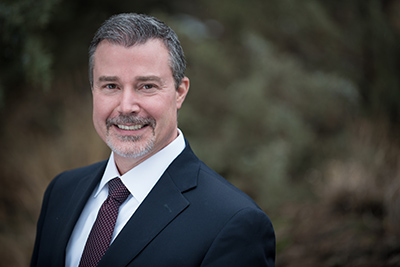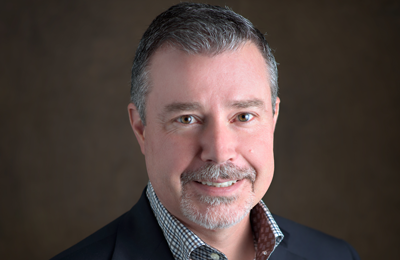What happens next in the COVID-19 pandemic is up to us.
That was Gov. Kate Brown’s message yesterday to our news media here in Central Oregon, where the number of COVID-19 cases is on the rise.
At St. Charles, COVID-19 hospitalizations rose dramatically last week, nearly doubling from six to 11 in a 24-hour period. We have been preparing for such a surge for months and have capacity to treat many more COVID-19 patients while still caring for anyone who might come through our doors. But the concern is the exponential growth. Prior to this month, we saw at most 40 new cases in a week. In the most recent seven-day period, we saw 106—and there is no sign of it slowing.
We know we can curb the transmission of the virus by wearing face coverings, maintaining our physical distance from others and washing our hands. But this concerning rise in cases and indeed the number of COVID-positive patients in our Bend hospital tells us that too few people are heeding this public health advice. (You can now check our number of hospitalizations daily here.)
Some people believe that the dropping mortality rate of COVID-19 is evidence that the virus is not as serious as we once thought. The reality is the mortality rate now is lower than what we saw earlier in the pandemic because the most recent uptick in cases is among the very young and healthy—folks in that 20 to 40 age group. As the number of cases go up, however, there is reason to believe the virus will find headway into our more vulnerable populations.
In an interview with The Bulletin Monday, the governor stressed that we are at a critical juncture in our response. If we don’t act now to minimize our risk of exposure, she’ll have no choice but to close businesses once again.
“Behavior needs to change,” she told the newspaper. “If it doesn’t change, it will overwhelm our health care system. My tools are limited. I can close businesses down. I can close medical and dental clinics. I don’t want to do that.
“If we can work together to slow the transmission, to slow the number of cases, I won’t have to take more restrictive action. It’s up to all of us.”
Let me say it, too: behavior needs to change, or we will look no different than Arizona or Texas where health systems are being overrun and COVID-19 is taking more lives.
In a video posted to our social media channels over the Fourth of July weekend, Dr. Nathan Ansbaugh, one of our Emergency Department physicians, issued an urgent plea to the community: “In the last several days in the Emergency Department, I’ve taken care of half a dozen or so of new diagnoses of COVID,” he said. “My goal is not to point fingers; my goal is not to scare everyone. But my goal is to communicate an honest, somewhat desperation about what’s happening here and to ask that everyone who lives in this community takes care of this community.”



